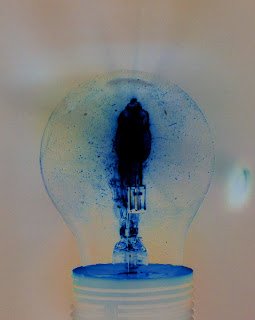With the release of iOS7, and same day support in Xamarin.iOS, I'm spending all my free time playing with the new APIs. I particularly love iBeacon and Background Fetch. Next on my list was SpriteKit.
SpriteKit is a 2D game engine, not unlike cocos2d at all. We'll see next that it's going from one platform to another is very simple.
I'm not a game developer, but I have some experience with cocos2d as I co-wrote (with Miguel) the cocos2d bindings for Xamarin.iOS. At that time, to test the binding, I ported a sample platform jumper game from obj-c cocos2d to c#. And I again ported the same game to SpriteKit. Here are my findings about the experience:
The Pros
- you can almost to a line by line port between cocos2d and SpriteKit, once you figure out the basics
- less boilerplate. Or even no boilerplate at all with SpriteKit. a SKView is a UIView, and is ready to serve as soon as you PresentScene() it. Compare that with the directors you have to put in place before writing a line of game logic in cocos2d. It's a win.
- less leaky abstractions. I haven't compared performances, but SpriteKit doesn't expose stuffs like BatchNodes, so it's one stuff you don't have to bother about.
- SKAction is a nice addition for objects you don't want to animate yourself in your Update() loop (they're executed just after Update(), and before physics simulation)
The Cons
- I found myself looking for BitmapFonts. It seems like a standard in game development, but missing from SpriteKit (or I haven't found it). I'm quite confident that's a stuff we'll see in an upcoming new version.
The Rest
- As the original game, this port doesn't leverage any Physics engine, so I have nothing to say about SKPhysics* stuffs. From the API, it looks very similar to what Chipmunk offer.
So it was a very pleasant port, at the end taking even less lines of code than the original port, and only 2 hours to write. If you want to start developing games, going for SpriteKit on Xamarin.iOS is really a no brainer. No boilerplate, no gotchas, just fun.














